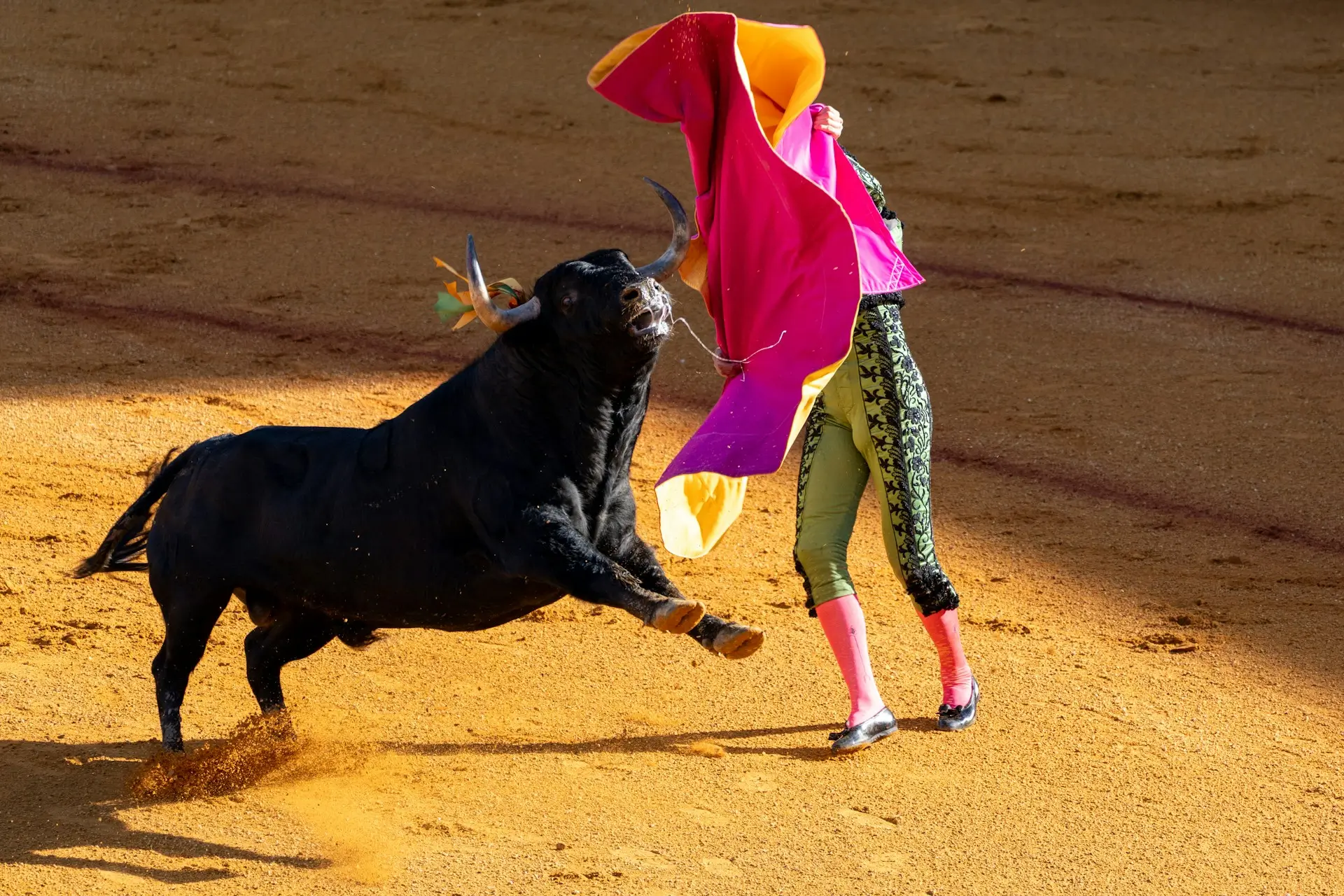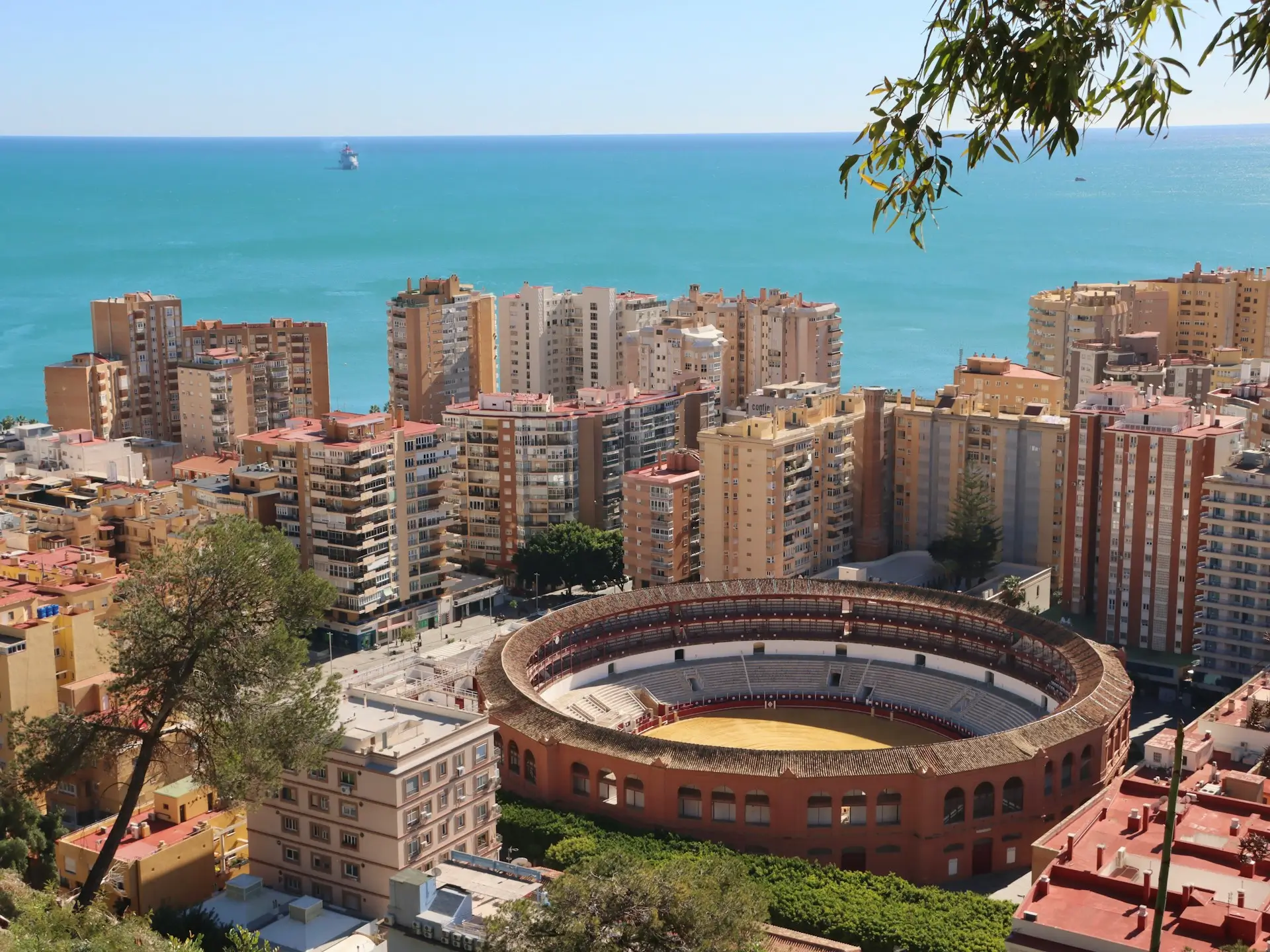
Puerto Banús Bullring becomes Luxury Development: The End of an Era
Natalia Tschurtschun | · 7 min. read
The sun may be setting on one of Puerto Banús' bullring Plaza de Toros which is one of the most recognizable landmarks in the area. The iconic bullring that has dominated the skyline of this upscale marina resort for nearly six decades is set to disappear, making way for a luxury residential development that promises to transform the heart of Marbella's most famous port.
A Tech Mogul's New Venture
Behind this ambitious transformation stands Félix Ruiz, a name synonymous with Spanish digital innovation. Best known as one of the founders of Tuenti, Spain's pioneering social media platform that dominated the country's online landscape before Facebook's rise, Ruiz has successfully pivoted from tech entrepreneur to diversified business magnate. Today, he heads multiple ventures including Playtomic, the sports booking platform, and the Auro Group, cementing his position as one of Spain's most influential business figures.
Through VTC Mobility, a joint venture split equally between Ruiz and Luxembourg Finance House - represented by Spanish-Dutch businessman Álex Villaverde - the partnership has acquired majority control of Plaza de Toros Puerto Banús SA. The acquisition, completed for an undisclosed sum, wrests control from longtime administrator Emilio Rodríguez and signals a dramatic shift in the property's future.
From Bulls to Buildings
The bullring of Puerto Banús was built in 1965 and inaugurated in 1968, making it approximately 57-60 years old rather than the initially reported 55 years. This timing aligns perfectly with Puerto Banús' own development story, as the complex was in fact designed and built in 1970 by visionary property developer José Banús, whose full name graces the port as Puerto José Banús.
The bullring's glory days as a venue for traditional bullfighting have long since passed. The last major event in the Plaza de Toros de Puerto Banus dates back to July 2009, when it hosted the quarter finals of the Davis Cup Tennis Tournament with a clash between Germany and Spain. Since then, the venue has primarily served as a concert hall and event space, though its use has been sporadic and increasingly controversial due to noise complaints from surrounding residential areas.
A History of Transformation Attempts
The current acquisition represents the latest chapter in a series of attempts to revitalize the aging structure. Previous efforts have included ambitious plans to convert the bullring into cultural and entertainment venues. The old bull ring in Puerto Banús Plaza De Toros, which closed its doors in 2010, will be reopening in May next year as the Marbella Arena, an auditorium for cultural events surrounded by terraces, according to a 2019 announcement that ultimately failed to materialize.
The new Marbella Arena, which will start operating in May 2019, will have an auditorium for concerts and sporting events and an outdoor area of terraces and restaurants, promised another failed renovation project. These setbacks highlight the challenges facing any developer attempting to breathe new life into the historic structure while managing the competing interests of entertainment value, community concerns, and economic viability.
The Development Vision
VTC Mobility's approach differs significantly from previous renovation attempts. Rather than preserving the existing structure, they propose complete demolition and redevelopment. The company frames this as a solution to longstanding community complaints about noise pollution in what has become an increasingly upscale residential neighborhood.
"VTC Mobility is committed to the development of a real estate initiative that aligns with the current urban planning legal framework and brings significant benefits to the local community," the company stated. "The existing bullring, located at the heart of the development site, has been identified as a significant source of noise in an upmarket residential area. VTC Mobility recognises the impact this has on residents and has set out to transform the space into a vibrant and harmonious asset for Marbella."
The land's classification as a development site under current urban planning regulations provides the legal foundation for the project. This zoning designation, likely established years ago in anticipation of eventual redevelopment, now enables the transformation from cultural venue to residential complex.

Economic and Cultural Implications
Félix Ruiz views the project as part of his broader expansion into Spain's luxury real estate market. "Our involvement in this project in Marbella marks an exciting milestone for us as we expand our presence in the dynamic Spanish market," he explained. "We are committed to creating a development that not only complies with all planning regulations, but also actively contributes to the wellbeing of the community, addressing existing concerns such as noise pollution."
This sentiment is echoed by his partner, Álex Villaverde, who sees the investment as reflecting confidence in Marbella's continued growth as a luxury destination. "This investment reflects our confidence in Marbella's potential and our commitment to responsible development. We look forward to working closely with the municipality and local residents to deliver a project that will have a lasting positive impact."
Community Engagement and Future Plans
The developers have promised a collaborative approach, working closely with both Marbella town hall and local residents throughout the development process. While specific details remain under wraps, they hint at the possibility of incorporating sports facilities into the final design, potentially addressing community needs while maximizing the land's commercial potential.
The emphasis on community collaboration represents a strategic approach to managing potential opposition. By positioning themselves as responsive to resident concerns about noise and committed to enhancing rather than disrupting the neighborhood character, VTC Mobility aims to smooth the path toward municipal approval.
The Broader Context
The Puerto Banús bullring's fate reflects broader trends in Spanish urban development, where historic structures increasingly compete with modern luxury housing demands. Unlike some of Spain's more famous bullrings - such as Ronda's 18th-century stone arena or Madrid's Las Ventas with its distinctive Neo-Mudéjar architecture - the Puerto Banús bullring Plaza De Toros lacks the deep historical significance that might protect it from redevelopment.
The timing also coincides with evolving attitudes toward bullfighting in Spain. While the tradition maintains cultural importance in many regions, venues like Puerto Banús that have long abandoned regular bullfighting events face questions about their continued relevance and viability.
Looking Forward
The project now awaits approval from Marbella's town hall, a process that will likely involve extensive community consultation and environmental impact assessments. If approved, the demolition would mark the end of an era for Puerto Banús, removing one of its most distinctive architectural features in favor of what developers promise will be a more harmonious addition to the luxury residential landscape.
For Félix Ruiz, the project represents another evolution in a career marked by successful pivots from digital innovation to diverse business ventures. For Puerto Banús, it signals continued transformation from its origins as a 1970s marina development into an ever-more exclusive enclave of luxury living.
Whether residents and local authorities will embrace this vision remains to be seen, but the acquisition demonstrates the serious intent behind the proposal. As VTC Mobility prepares to reveal more details about their plans, the fate of one of Puerto Banús' most iconic structures hangs in the balance, awaiting a decision that will shape the area's skyline for generations to come.
The story of the Puerto Banús bullring thus becomes emblematic of modern Spain's ongoing negotiation between preserving cultural heritage and accommodating the pressures of luxury development—a balance that defines much of the Costa del Sol's evolution in the 21st century.